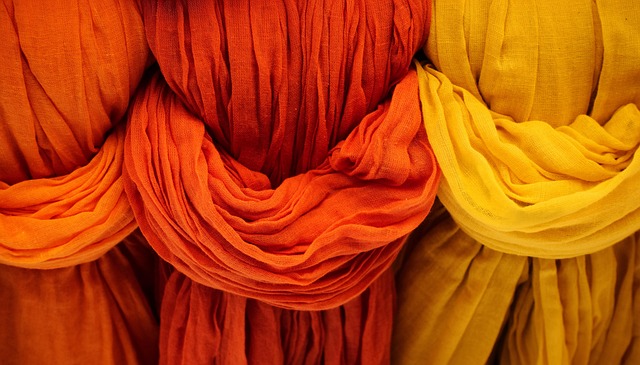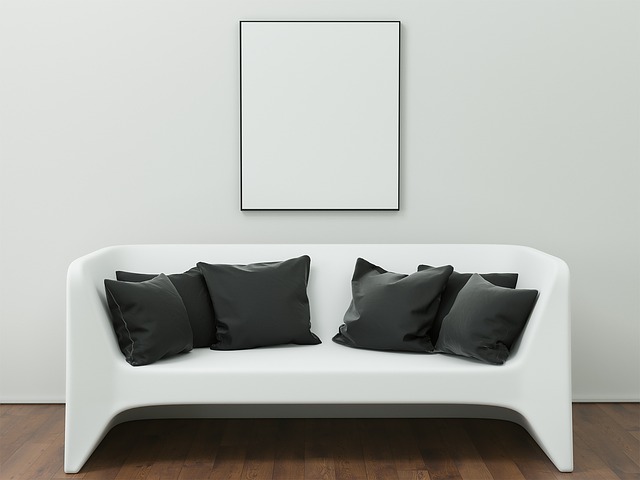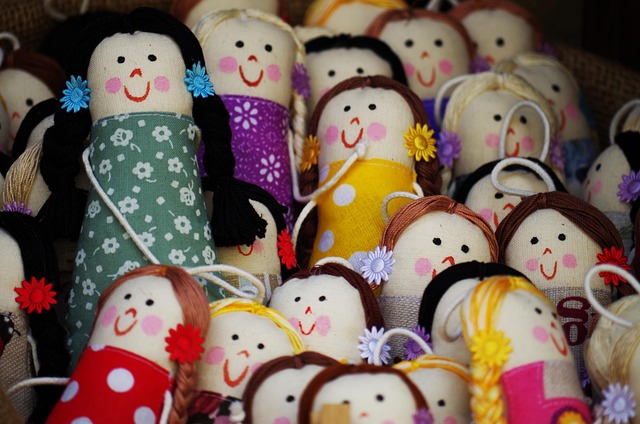Textiles have long served as the backbone of fashion, weaving stories of culture, innovation, and personal expression. This journey through the realm of textiles reveals not just materials, but a vibrant tapestry of human experience shaped by time, trends, and technology.
From the earliest days of civilization, textiles were fundamental to human life. Ancient Egyptians proudly donned linen garments, while Greeks favored wool for its warmth. These materials were more than fabric—they embodied social status, cultural identity, and the era’s technological advancements. As artisans mastered various techniques, textiles became canvases for creative expression, transforming from simple utility to luxurious fashion statements.
The Renaissance marked a significant turning point in textile history. Rich fabrics like silk and brocade reigned supreme, often adorned with intricate patterns and opulent embroidery. This era celebrated artistry, where textiles showcased not only the skills of weavers but also the wealth and sophistication of their wearers. The fashion industry began to flourish, and textiles became crucial in defining elegance and prestige.
Moving into the 19th century, the Industrial Revolution brought about a seismic shift in textile production. Mechanization made fabrics more accessible, allowing fashion to reach a broader audience. New materials like cotton and synthetic fibers emerged, changing the landscape of clothing. This democratization of textile use sparked a newfound freedom in fashion, allowing individuals to express their personalities and styles like never before.
The 20th century ushered in an era of experimentation. Designers began to push boundaries, utilizing textiles in innovative ways. The invention of nylon and polyester revolutionized clothing—bringing durability, flexibility, and a plethora of vibrant colors. Fashion became a powerful medium to communicate ideas and movements, marking significant shifts in societal norms.
As we journey into the modern era, sustainability has become a pivotal aspect of textile evolution. Today’s consumers are increasingly aware of the environmental impact of their fashion choices. This consciousness has sparked a resurgence of interest in organic materials and eco-friendly production methods. Designers are now weaving sustainability into their collections, utilizing recycled fabrics and advocating for ethical sourcing practices, creating a new narrative for textiles in fashion.
The evolution of textiles in fashion is a testament to the dynamic relationship between material and meaning. Every thread tells a story—from ancient traditions to contemporary innovations, textiles have the incredible power to connect us across time and space. As we continue to navigate through changing trends and values, one thing remains certain: the journey of textiles in fashion is far from over, promising a future rich in creativity, sustainability, and personal expression.



